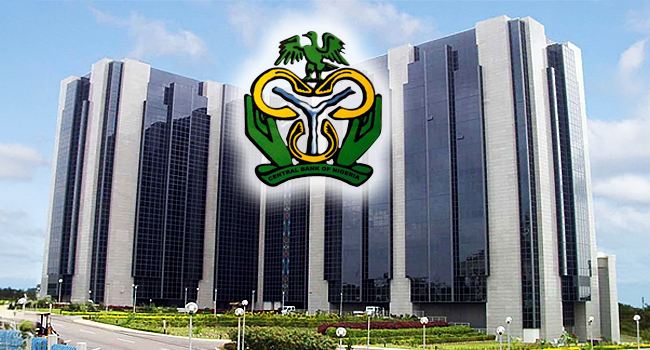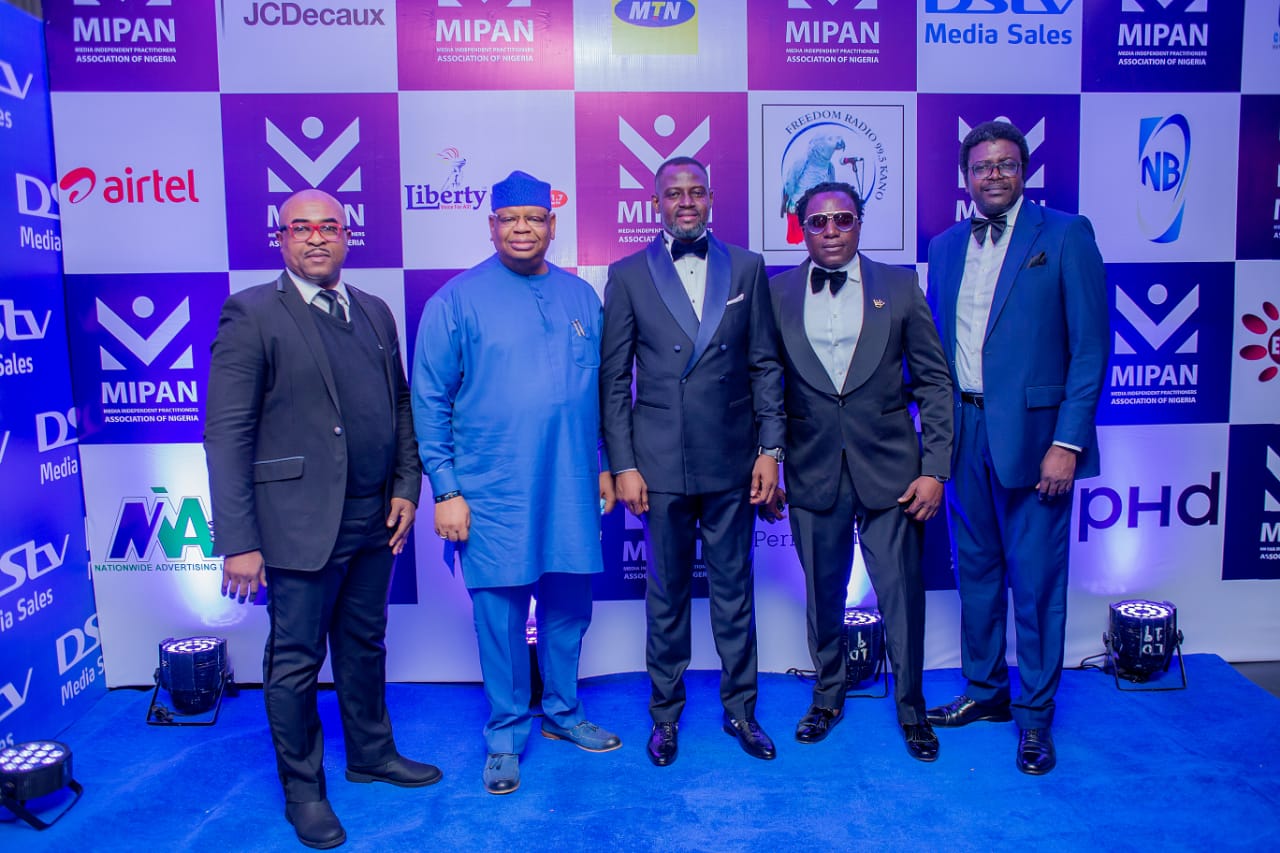By Felicia Nwosu
Technological advancement and digitisation has led to the transformation of the world into a global village, much faster that envisaged. We now live in a world where smartphones, tablets and other hand-held digital devices are constant companions. The number of smartphone users worldwide today surpasses three billion and is forecast to further grow by several hundred million in the next few years. In Nigeria, Africa’s biggest economy, the number of smartphone users is estimated at roughly 40 million and expected to grow to more than 140 million by 2025. The sheer number of these attention-grabbing devices in use is too large to be overlooked by marketers; hence, the need to break into this huge audience is the very essence of out-of-home advertising.
Out-of-home (OOH) advertising is moving at a remarkable pace. It is a very interactive and engaging brand communication tool that lends itself to creative and engaging campaigns which allow audiences not only to observe but to interact, be entertained and build relationships with brands, real life. Creating a positive memorable impression for audiences through such interaction helps brands get closer to their consumers while capturing the right people at the exact right time.
OOH is one sector of the Integrated Marketing Communications industry where the emerging digital technologies and innovative business models will be most catalytic and disruptive.
Nigeria OOH advertising can trace its history back to the establishment of West African Publicity Limited, a subsidiary of United African Company (UAC) in 1928. This company was later transformed to a full-fledged advertising firm in 1929 known as LINTAS – Lever International Advertising Services with two other subsidiaries namely, Afromedia, the outdoor medium and Pearl/Dean, the cinema arm. Those were the days when services were delivered through illuminative feature moving from bus to bus shelters, malls, streets, roadside, including airports with advertising that offers “podiums” to create memorable brand messaging and increased brand perception on daily basis as well as communicates with influencers, decision-makers, trend-setters and international audiences.
To underscore the tremendous growth in the sector, Akachi Ngwu, Executive Director/Chief Operating Officer at Luzo Digital Network and Media Limited, and one of the big players in the sector, said that the OOH sub-sector of the IMC industry in Nigeria has accounted for an estimated N4.5 billion of the total advertising expenditure in the country which is put at over N150 billion annually.
Speaking from a futuristic perspective, Omo Kingsley Abunene, Managing Director and Chief Executive Officer of Beam Media said, “the future of Nigeria outdoor advertising is very bright and vibrant”, noting that the sub-sector is one of the oldest forms of advertising. He said OOH is currently at the centre stage of evolution, owing to the proliferation of technology, while urging consumers to expect a future that is loaded with innovative experience in the out-of-home advertising.
According to Abunene, with all the buzz of technology, big data and interactivity, consumers should expect that the out-of-home of the future will all be high-tech. “The truth, however, remains that static billboards will not fizzle out so soon, but billboards will be programmed to interact and also react, aided by anonymous data to measure the impact of out-of-home advertising while assisting clients with better targeting.”
He advocated that people must understand that OOH is a dynamic medium whose users must appreciate its peculiarity and work closely with practitioners in order to get the best. He also called for incentives such as awards to encourage those who are professionally doing well in that sub-sector, as well as an avenue to review and correct wrongly done jobs for future improvement.
Abunene believes that Nigeria’s OOH has what it takes to go global. “Nigeria OOH is ready in terms of capacity, ability to deliver quality service to clients as desired. We are equal to the task in thinking globally and acting locally,” he averred.
He identified the challenges facing the sector as clients’ inability to justify their media spending and audience measurement in terms of data generation.
Emmanuel Ajufo, Managing Director, Opportunity To See Limited, while responding on the state of the Nigeria outdoor advertising, considering the adverse effect of Covid-19 pandemic, said that though virtually all sectors of human endeavour were affected by the pandemic, the out-of -home sub-sector of the advertising industry was, however, particularly hard hit due to the peculiarity of its mode of service.
Speaking on trends that will likely dominate the future of OOH in the new normal, Ajufo stated that in the new normal, “clients are looking for opportunities that will give them more at a reduced cost”.
“I expect that people in our industry will begin to think about such products that will penetrate the target audience at a reduced cost. The new normal has brought about varying changing pattern, as well as last mile opportunities.”
On the challenges faced by the sub-sector, Ajufo admitted that they are enormous. He pointed out that, regulation is the most challenging factor confronting the OOH. Although dialogue is on between the parties, but there is need to understand the modus operandi of the out-of-home operation by the agencies. He also identified high exchange rate, high rate of client indebtedness to operators as part of the challenges of the sector. He, however, appreciated the cordial relationship that exists between the operators and clients and appealed for more consideration.
He also expressed displeasure on issues such as charges on vacant sites and road concessions. He therefore suggested that OOH members should be carried along before deciding on such issues to avoid irrational decisions that can drive operators out of business.
He admitted that members of OOH are not intimidated or threatened by social media presence; rather, he described it as complementary to each other, while calling for an improved power supply and conducive atmosphere for its practitioners.
Fondly and popularly abbreviated as OOH by the practitioners in the sub-sector, out-of-home advertising like every other sector has to embrace the disruption caused by the wave of digital transformation to survive and thrive. Essentially, what practitioners need to is to embrace digital disruption, plan for it and flow with the digital tide. Thus they will not be swimming against the tide in their sector, but positioned for growth and new opportunities that the disruption brings.







Comment
No comments found.